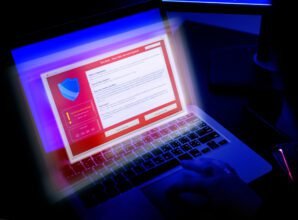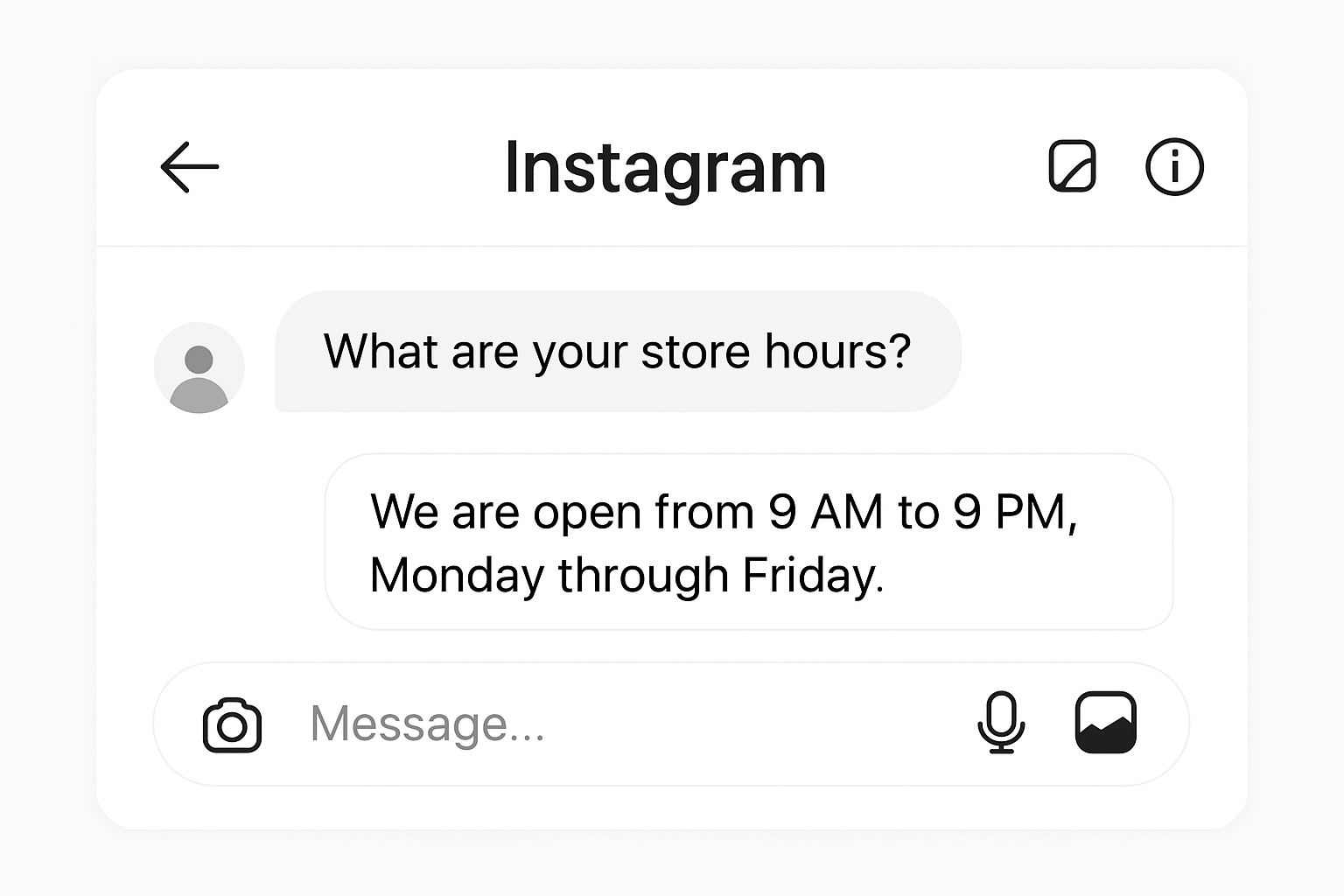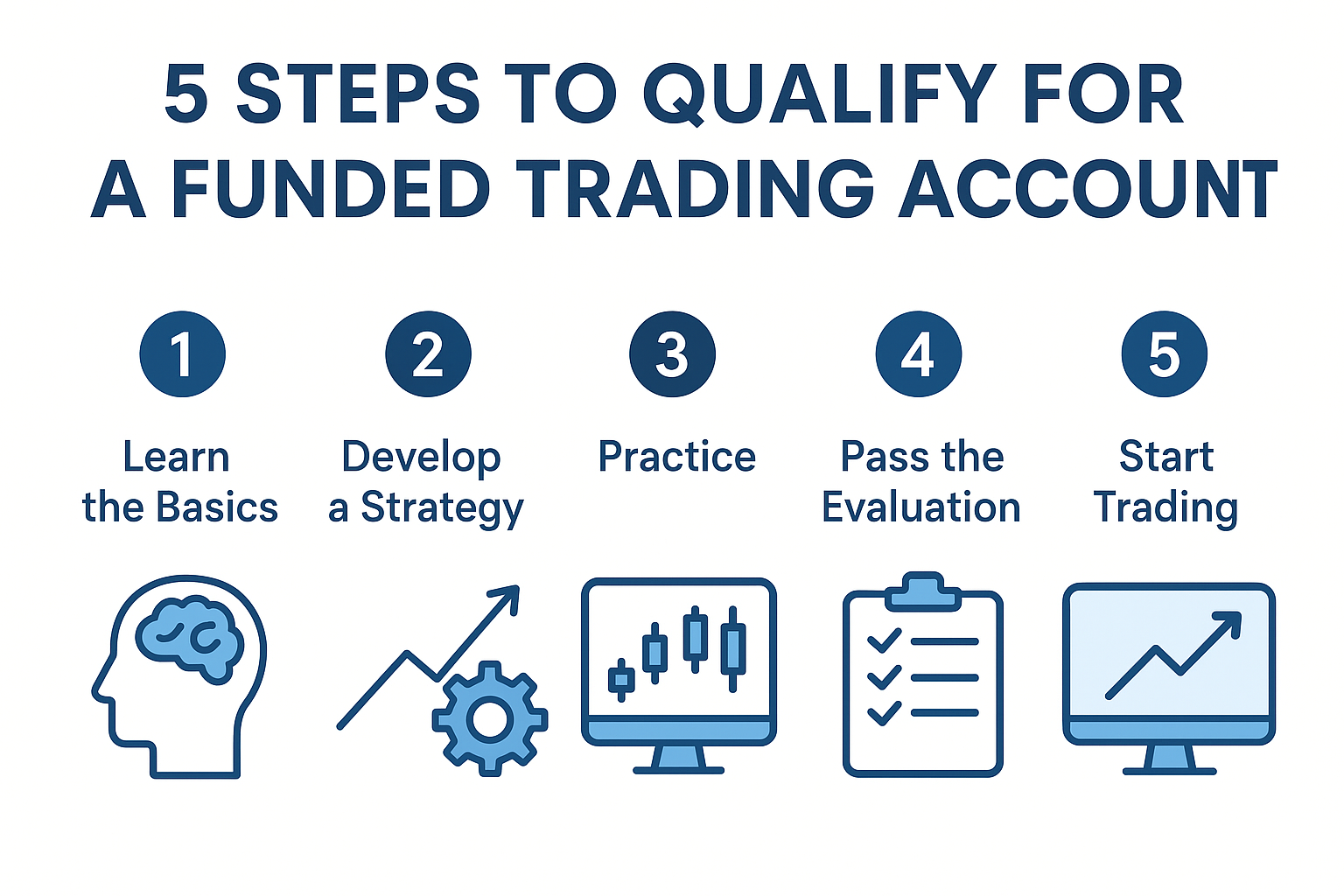What is Digital Communication And Its Examples
Digital communication is the process of exchanging information utilizing digital technologies. This encompasses transmitting data, messages, or signals through electronic devices and networks. In our interconnected world, digital communication has become a crucial component of our daily lives, fundamentally changing how we interact, share information, and conduct business. From emails and social media to video calls and instant messaging, digital communication encompasses diverse technologies and platforms that facilitate the swift and seamless transmission of information. Interact with Managed IT Services experts to leverage the power of digital communication in your business.
In this article, we will explore digital communication and its applications in business.
What is Digital Communication?
Digital communication refers to the transmission of information, data, or messages through electronic means. It encompasses various technologies and platforms, including email, social media, instant messaging, video conferencing, and more. Digital communication has become an integral part of our daily lives, revolutionizing the way we connect and interact with others.
Digital communication allows for fast and efficient communication across vast distances, making staying in touch with friends, family, and colleagues worldwide easier. It has also transformed the business landscape by enabling companies to reach their target audiences more effectively and efficiently through various digital marketing strategies. If you want to improve business digital communication, contact the IT Support team.
8 Digital Communication Examples
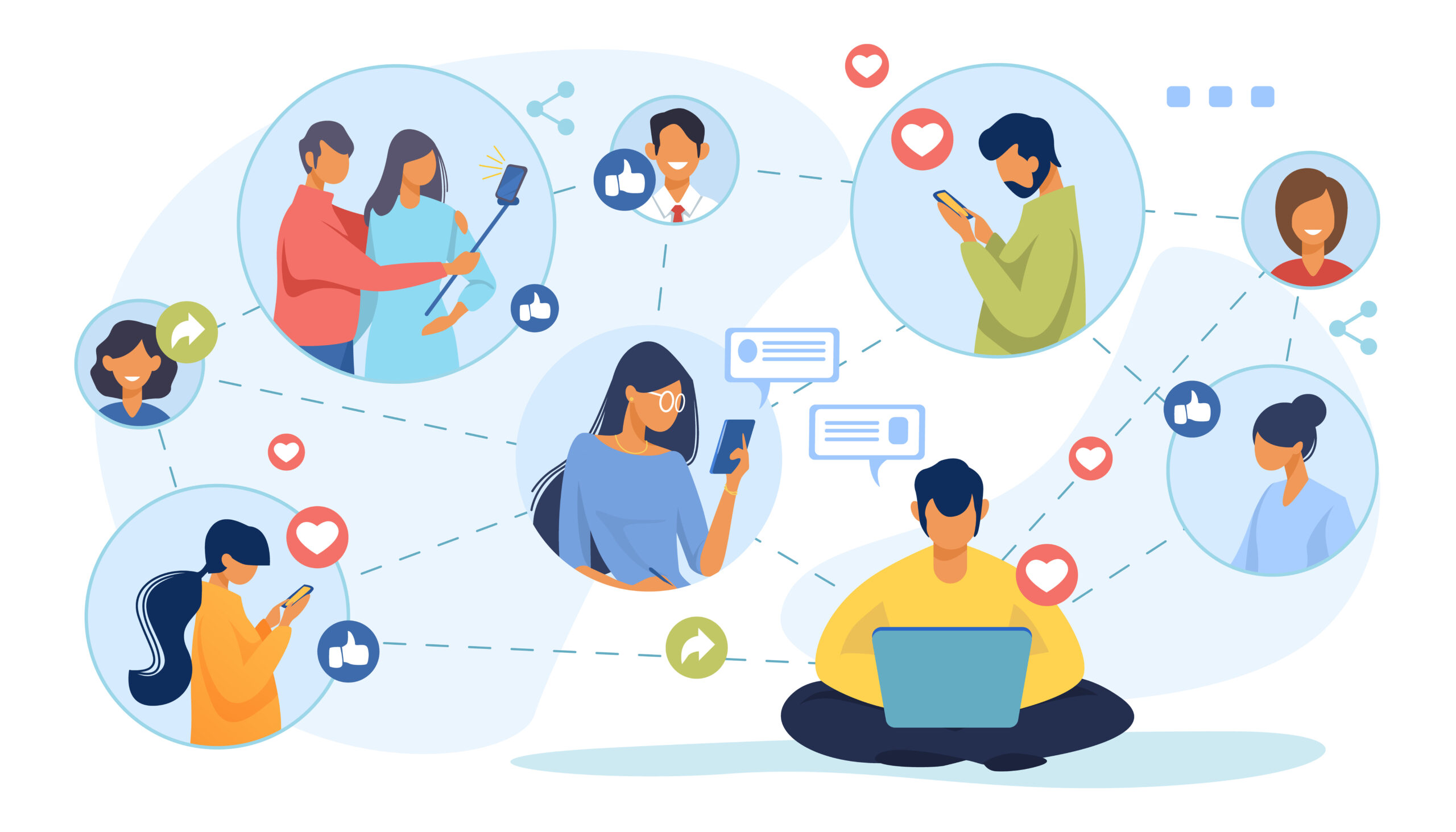
Emails
Email is one of the most commonly used forms of digital communication in both personal and professional settings. It allows individuals to send messages, documents, and other files quickly and efficiently to recipients worldwide. Email can be enhanced in various ways to make communication more effective and professional.
This can include using a clear and concise subject line, formatting messages with proper grammar and punctuation, and using a professional email signature. Email can be enhanced by utilizing features like read receipts, delivery notifications, and encryption to ensure secure communication. By enhancing email communication, individuals can improve their productivity and professionalism in the digital world.
Instant Messaging and Chat Apps
Instant messaging and chat apps are digital communication tools that have become increasingly popular in recent years. These platforms allow individuals to exchange real-time messages, files, and multimedia content, regardless of location.
Instant messaging apps such as WhatsApp, Facebook Messenger, and Slack provide users with a convenient and efficient way to communicate with others, whether for personal or professional purposes. These apps often offer features such as group chats, voice and video calls, and the ability to share documents and other files. With the widespread use of smartphones and the internet, instant messaging and chat apps have revolutionized how we communicate and have become an integral part of our daily lives.
Video Conferencing
Video conferencing is a prime example of digital communication. With the advancement of technology, individuals and businesses can now connect and communicate face-to-face in real time, regardless of their physical location. Video conferencing allows for effective collaboration, as participants can see and hear each other, share documents and screens, and engage in discussions just as they would in an in-person meeting.
This form of communication has become particularly crucial in recent times, as it enables remote work and virtual meetings, making it easier for teams to stay connected and productive even when they are physically apart. Additionally, video conferencing can also save time and resources by eliminating the need for travel and allowing for more flexible scheduling.
Social Media
Social media platforms such as Facebook, Instagram, Twitter, and LinkedIn are examples of digital communication tools that have become increasingly popular in recent years. These platforms allow individuals and businesses to connect and interact with each other through the exchange of messages, photos, videos, and other forms of content.
Social media provides a way for people to share information, express opinions, and engage in conversations on a global scale. It has revolutionized communication, allowing us to stay connected with friends and family, discover new ideas and trends, and promote our businesses or personal brands. It has become an essential tool for digital communication in today’s interconnected world.
Blogs and Microblogs
Blogs and microblogs are two examples of digital communication that have gained popularity recently. A blog is a website or online platform where individuals or organizations can share their thoughts, opinions, and expertise on various topics. Blogs often allow for comments and discussions, creating a sense of community among readers.
On the other hand, microblogs are platforms that allow users to post short updates or messages, typically limited to a certain number of characters. Twitter is one famous example of a microblogging platform where users can share their thoughts and converse with others. Blogs and microblogs have become valuable tools for individuals and businesses to communicate their ideas, connect with audiences, and build a digital presence.
Forums and Online Communities
Forums and online communities are prime examples of digital communication. These platforms allow users to connect, share information, and discuss various topics. Users can create posts or threads to initiate conversations; others can respond with comments or additional posts.
Forums and online communities offer a valuable opportunity for individuals to exchange ideas, seek advice, and build relationships with like-minded individuals worldwide. They have become an integral part of the digital landscape and continue to play a significant role in facilitating communication and knowledge-sharing in today’s interconnected society.
Voice over Internet Protocol (VoIP)
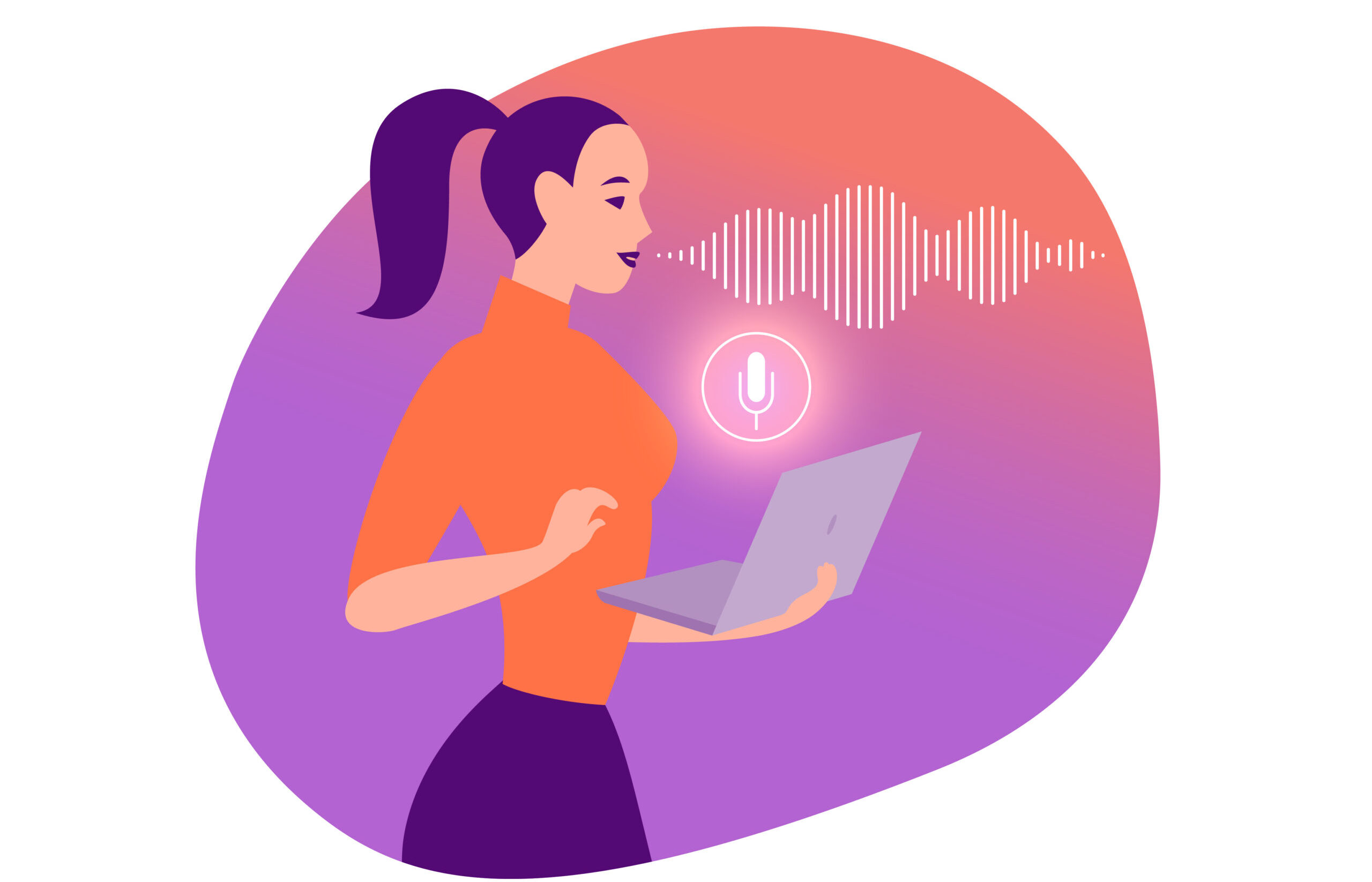
Voice over Internet Protocol (VoIP) is a prime example of digital communication. This technology allows for transmitting voice and multimedia content over the internet, replacing traditional phone lines. VoIP allows users to make calls using an internet connection instead of a landline, offering cost savings and flexibility.
It enables features such as call forwarding, voicemail, and conference calling, making it a versatile option for businesses and individuals. VoIP has revolutionized how we communicate, providing a reliable and efficient method for voice communication in the digital age.
Texting/SMS
Texting, also known as SMS (Short Message Service), is one of the most common forms of digital communication today. It allows individuals to send short text messages from their mobile devices to other recipients. Texting has become increasingly popular due to its convenience and speed.
It is a quick and efficient way to communicate with others, whether it’s for personal or professional purposes. With the rise of smartphones, texting has evolved to include multimedia elements such as photos, videos, and emojis, making it even more versatile and expressive. Despite the emergence of various messaging apps and platforms, texting remains a widely used form of digital communication worldwide.
Conclusion
Digital communication is the foundation of our modern world, fundamentally altering how we connect, share information, and collaborate across vast distances. This intricate network comprises diverse technologies and platforms that facilitate the exchange of data, messages, and media in various formats. From email and instant messaging to social media, video conferencing, and beyond, digital communication has transcended barriers, enabling real-time interaction and global information dissemination.


